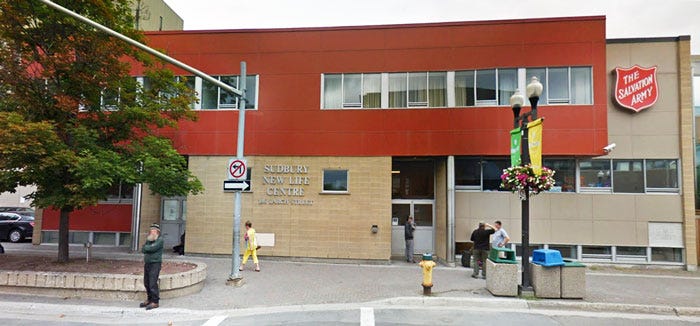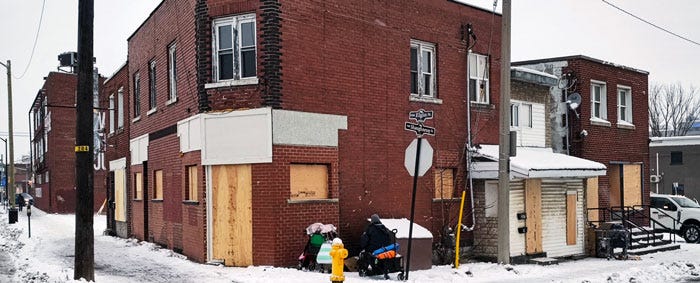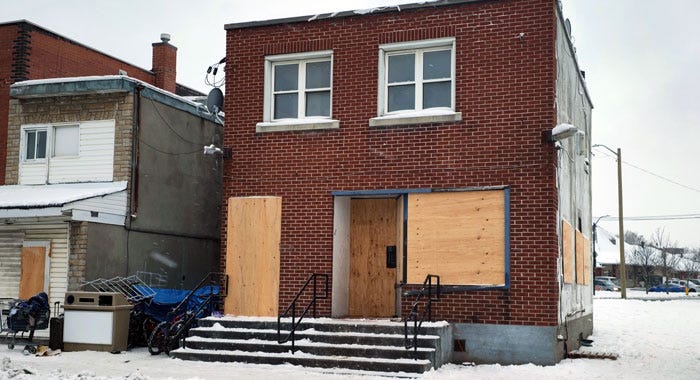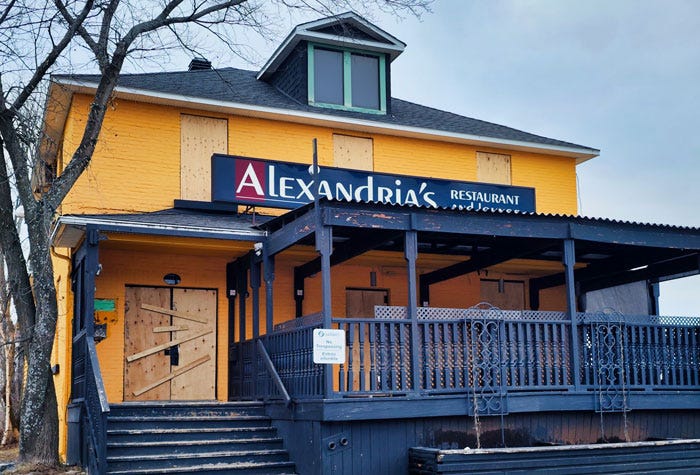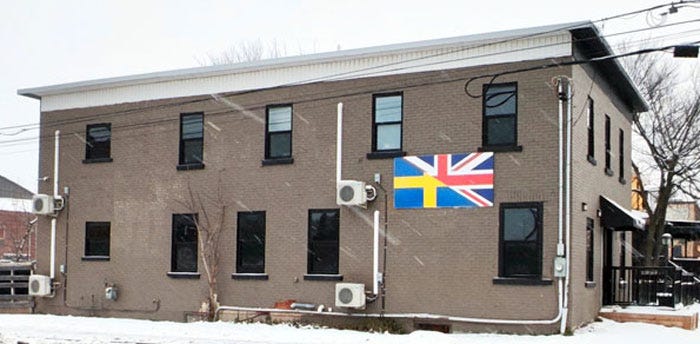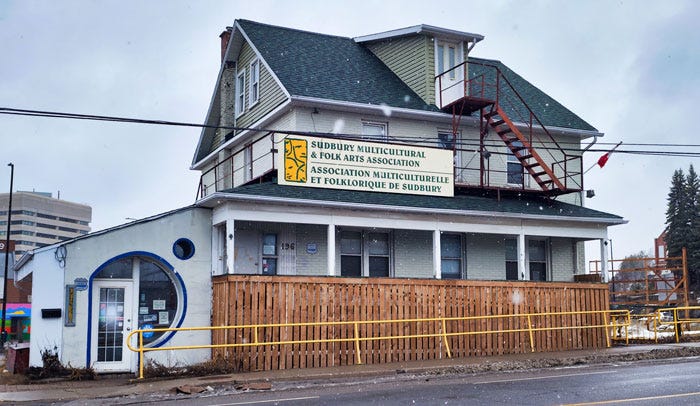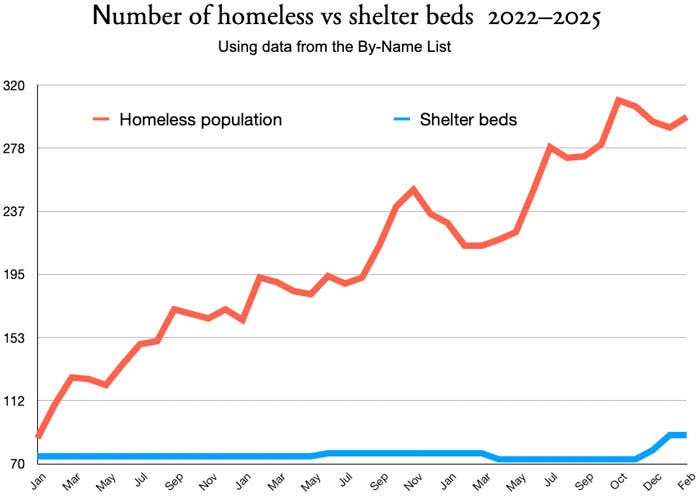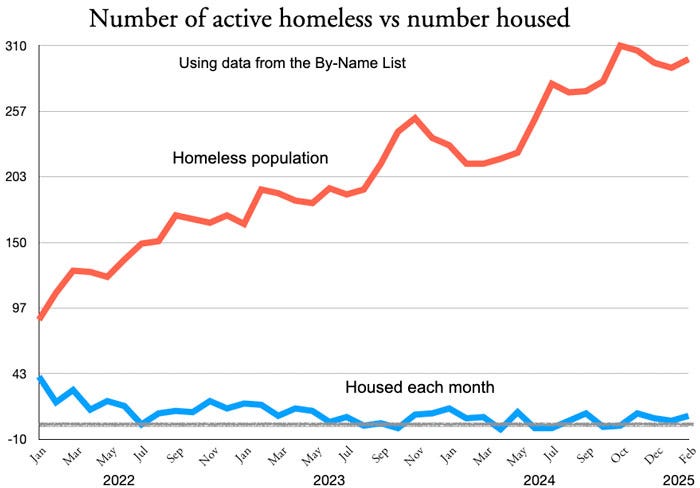Housing: being built or being demolished?
Building housing for the homeless in Sudbury is a lot slower than tearing them down.
Milton Friedman was an American economist and educator.
He was awarded the Nobel Prize for Economics in 1976.
Dr. Milton Friedman stated:
“There have been many more dwelling units torn down in the name of public housing than have been built.”
When I first read this, I thought that it couldn’t be true. However, Dr. Friedman was dead on. Look at the number of buildings that have been demolished in downtown Sudbury.
Salvation Army’s New Life Centre
When the Salvation Army’s New Life Centre, the downtown men’s shelter, was closed in 2019, Sudbury lost 18 private rooms.
The Salvation Army Sudbury offered emergency residential and sheltering services to men in need 24 hours a day, 365 days a year. That service has never been duplicated.
Services available depended upon the needs of the individual. These included emergency shelter beds, short and longer term private accommodations in 18 private rooms, 3 nutritious meals a day for all residents, as well as washroom and shower facilities for residents.
not a low–barrier facility
The eligibility policy for Men's Residential Services requires that individuals must live independently in the shelter service, be without restriction due to past actions, and not be under the influence of drugs or alcohol.
The “Review of the Emergency Shelter System within the City of Greater Sudbury” prepared by Vink Consulting, recommended that the New Life Centre become a low barrier shelter. (In 2019, the New Life Centre was funded $32 per bed per day while the Off the Street Shelter, that replaced it, was funded at $71 per bed per day.)
The New Life Centre closed on 10 May 2019. The building was demolished and the property is now a parking lot.
Sudbury needs affordable residences
In 2023, a city commissioned consultant’s report stated:
“An even greater number of affordable units are needed, with many people reportedly “either living in unaffordable conditions, are homeless, are living in a temporary arrangement, or some other problematic solution.”
Sudbury has a serious shortage of housing geared-to-income. In these conditions even slum housing, especially in the winter, is needed. So what does the city do? It buys up properties that contain apartment units and then demolishes then far in advance of any future development.
East downtown
In east-downtown, the buildings were bought up and the land was cleared to prepare for the building of a new city-owned arena and for the use of private developers who may wish to build there in the future.
These three small apartment buildings were situated on the Ledo Hotel property that the city bought. All the tenants were evicted and the buildings torn down.
Sure, these were slum buildings but they were better than having people sleep in tents or outside on the streets.
Golden Grain bakery had apartments on the second floor.
So did the Alexandria’s Restaurant.
This was an apartment building that was in very good shape. Why could it not stay standing for an extra year to provide housing during this very cold winter?
The Salty Dog had apartments on the top floor.
The Sudbury Multicultural & Folk Arts Association building should have been able to be used as housing for this winter.
So why did Sudbury tear down these buildings way before the land was needed for redevelopment? All they needed to do is hire a property manager and provide a few modifications and some operating funds and the homeless, for at least one year and then dozens of homeless would have been in far better shape than being on the streets.
Helping the homeless?
Greater Sudbury Mayor Paul Lefebvre said: “We’re certainly focused on how we can help the most vulnerable, and we continue to support a lot of organizations out there who work with the most vulnerable.”
From a CBC News report: That's something the city is working on as it continues to try and reach its goal of ending homelessness by 2030, according to Greater Sudbury Mayor Paul Lefebvre. He says the city is in a better position now than it was 18 months ago.
"I think we're in a better spot. That being said, the challenge remains and sometimes it's trying to find apartments for our most vulnerable," said Lefebvre.
"We're really trying to focus on that, certainly on the coldest nights of the year that we've been seeing. So a lot of effort has been going on in the past number of years to do this and we're going to keep going."
For the life of me, I can’t see where “the city is in a better position now than it was 18 months ago.” Yes, the temporary shelters have extended evening hours and one of the warming centres is now open 24-hours a day but that is about it.
The number of homeless has increased and so has the number of homeless sleeping on the streets and sleeping in tents while the numbers that are housed every month remains in the single digits.
The goal of ending homelessness by 2030 is as far away as ever.





